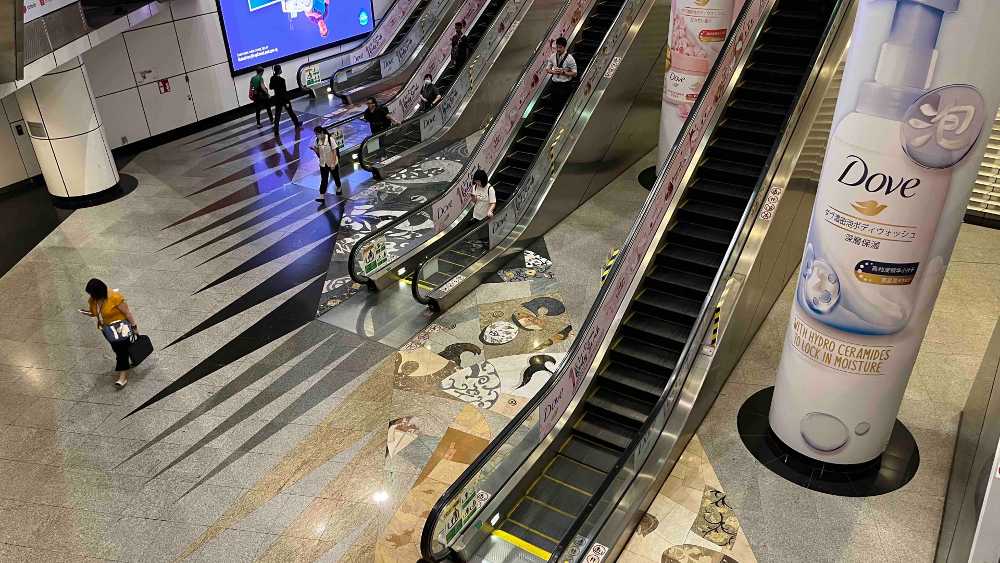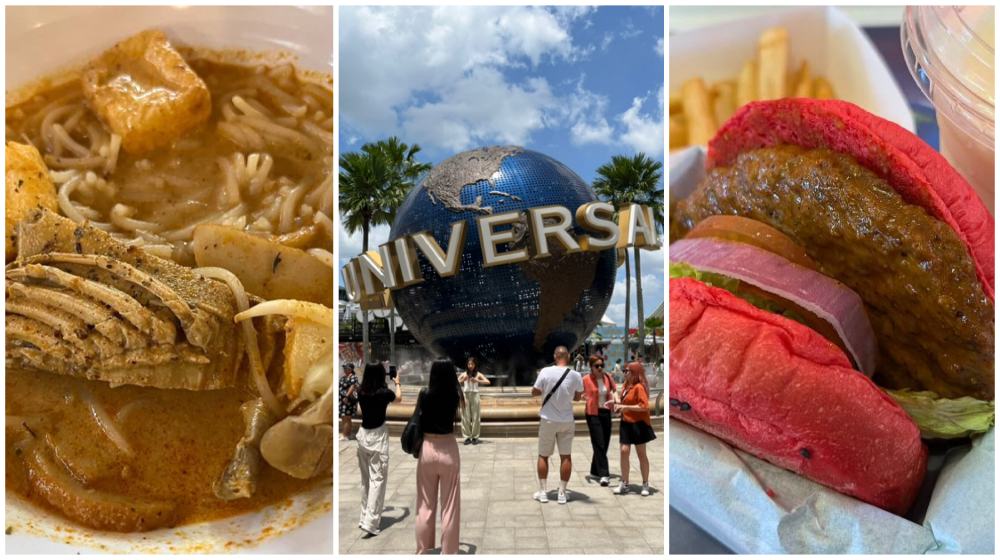Singapore Once Had A Trolleybus System Which Ended On This Day In 1962
Before the sleek MRTs and island wide bus services, Singapore’s main public transportation system were the trolleybuses. For 36 years, it was a massive part of Singapore’s daily life back in the day.
On exactly midnight 63 years ago today (16 Dec 1962), the trolleybuses made their final journey, marking the end of an era. Hop aboard for a nostalgic ride through the history of the trolleybus system.
The electric revolution
In the 1920s, the Singapore tram system was falling apart – literally. A bold decision was made: ditch the trams and bring in trolleybuses, which were powered by suspended dual overhead wires.
The Singapore Traction Company (STC) was formed in 1925, and by 1926, the first fleet of trolleybuses arrived.
The first route ran between Joo Chiat Road and Tanjong Pagar. The trolleybuses were modern and efficient at the time. It cost $0.10 per mile for first class and $0.05 per mile for second class.
By the 1930s, Singapore's trolleybus network was one of the world’s largest, boasting nearly 40km of routes and a fleet of 108 buses.
 IMAGE: WIKIMEDIA COMMONS
IMAGE: WIKIMEDIA COMMONS
Speed bumps
But it wasn’t all smooth sailing. Trolleybuses faced some unexpected challenges – there were cases of people falling off moving buses. This led to safety upgrades, such as inward-opening doors and conductor-controlled exits.
Despite these hiccups, the trolleybuses carried millions of passengers every year.
War, recovery, and the slow decline
After Singapore fell to the Japanese in World War II, the trolleybus network was briefly disrupted. It reopened in 1943 with single-class service.
When the war ended, the system limped back into action, but by then, trolleybuses became too expensive to maintain. Post-war Singapore needed a transport upgrade. Trolleybuses were slow, noisy, and their overhead wires made it impossible to introduce double-decker buses.
 IMAGE: WIKIMEDIA COMMONS
IMAGE: WIKIMEDIA COMMONS
The last ride
The STC gradually phased out trolleybuses by the 1960s and introduced Isuzu buses from Japan to replace the trolleybuses.
On midnight of 16 Dec 1962, the last trolleybus made its final journey from Paya Lebar to Outram Road.
Trolleybuses may be a thing of the past, but they hold a special place in Singapore’s transport history. They symbolise a time of innovation and adaptability, setting the stage for the world-class public transport system we enjoy today.
Masterpieces on your daily commute
Speaking of the Lion City's modern public transport system, check out these stories on Wonderwall.sg and see how Singapore’s MRT system transforms your ride into an art gallery.
 IMAGE: NICHOLAS YONG
IMAGE: NICHOLAS YONG
👉 Adventures At Home: Rediscovering Art In North-South Line MRT Stations
The next time you board the red line, be sure to check out the artworks at Marina South Pier, Marina Bay, Raffles Place, Canberra, and Woodlands MRT stations.
 IMAGE: NICHOLAS YONG
IMAGE: NICHOLAS YONG
👉 Adventures At Home: Rediscovering Art In Thomson-East Coast Line MRT Stations
Nature, music, childhood memories, and the pulse of life in the Lion City take centre stage in the artworks on the brown line.
 IMAGE: NICHOLAS YONG
IMAGE: NICHOLAS YONG
👉 Adventures At Home: Rediscovering Art In Circle Line MRT Stations
From a towering masterpiece at Caldecott to a mind-blowing drawing at Marymount that's only made up of a single line, the artworks on the CCL will truly intrigue and astound you.
 IMAGE: NICHOLAS YONG
IMAGE: NICHOLAS YONG
👉 Adventures At Home: Rediscovering Art In Downtown Line MRT Stations
We throw the spotlight on eight eye-catching artworks on the blue line imbued with meaning.
 IMAGE: NICHOLAS YONG
IMAGE: NICHOLAS YONG
👉 Adventures At Home: Rediscovering Art In NEL MRT Stations
In this edition, the focus is on site-specific artworks commissioned for Dhoby Ghaut, Clarke Quay, Chinatown, and Outram Park stations.
For the latest updates on Wonderwall.sg, be sure to follow us on TikTok, Telegram, Instagram, and Facebook. If you have a story idea for us, email us at [email protected].










